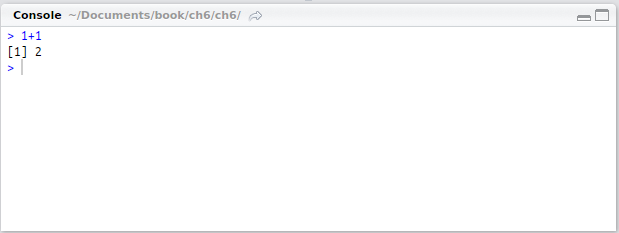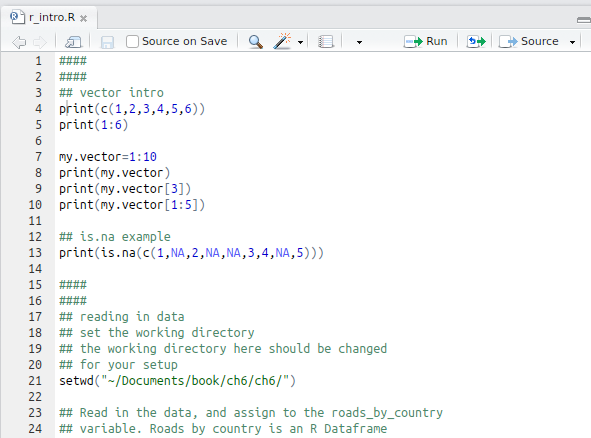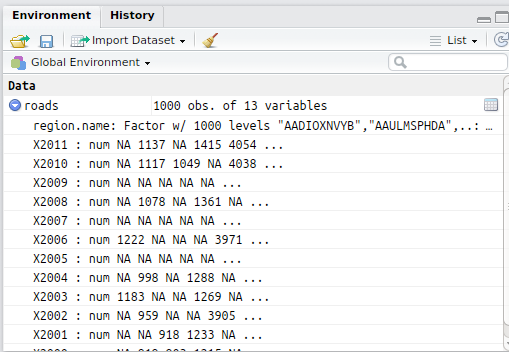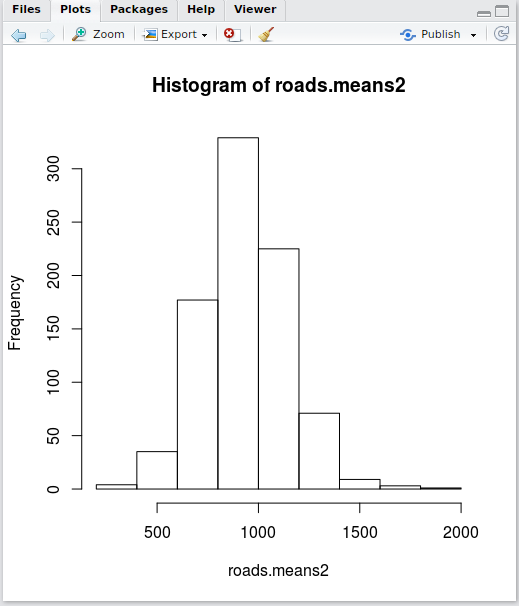Introducing R and RStudio
R is a programming language and environment for statistical computing and graphics. R differs from Python in that it is specialized for statistical computing and contains a number of features in addition to the programming language. The R project website lists the features of R as:
- An effective data handling and storage facility
- A suite of operators for calculations on arrays - in particular, matrices
- A large, coherent, integrated collection of intermediate tools for data analysis
- Graphical facilities for data analysis and display either onscreen or on hard copy
- A well-developed, simple and effective programming language that includes conditionals, loops, user-defined recursive functions, and input and output facilities
The most common way of using R is through RStudio, an IDE for interfacing with the R programming language and environment. RStudio combines several components to centralize and facilitate the process of working with data. These include:
A console for executing R commands:

- An editor for writing and executing code and viewing data:

- A panel to show the variables, dataframes, and functions in the current environment:

- A panel to display, among other things, graphs and help information:

In the next section, I will walk through some of the features of R and RStudio.



























































